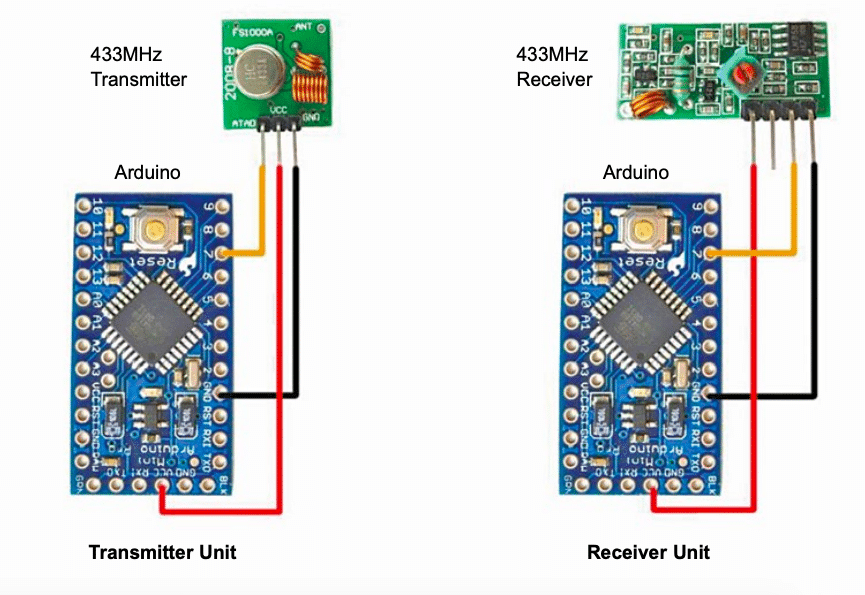Yes, most EV batteries at present are lithium-based and rely on a mix of cobalt, manganese, nickel, graphite and other primary components! Lithium-ion batteries using cobalt can be unsafe. But this old technology is now being replaced by new technologies worldwide.
Lithium-titanate and lithium-iron-phosphate (LFP), for example, are gaining importance in the EV market, and do not use cobalt. Other battery chemistries that rely on magnesium, sodium or lithium-sulphur are also gaining traction Fig. 1: A typical RF circuit without encoder and decoder as these have the potential to beat lithium-ion batteries on energy density and cost.
EVs have to undergo rigorous safety testing and meet EVspecific standards for limiting chemical spillage from batteries, securing batteries during a crash and isolating the chassis from the high-voltage system to prevent electric shocks. In addition, EVs tend to have a lower centre of gravity than conventional vehicles, making them less likely to roll over and often improving ride quality.
What are 433MHz RF modules? Can we use 433MHz RF modules with AVR microcontroller (MCU) or Arduino without using encoder and decoder?
433MHz RF modules are used in RF communication and these always come in pairs. Encoder and decoder, such as HT12E and HT12D, respectively, are usually used along with 433MHz modules. The 433MHz transmitter module is used in the transmitter unit, and the 433MHz receiver module is used in the receiver unit in an RF communication system. However, depending on application, you can also directly connect 433MHz module to I/O pin of AVR MCU or Arduino without using any encoder and decoder ICs. A typical RF circuit without encoder and decoder is shown in Fig. 1.






